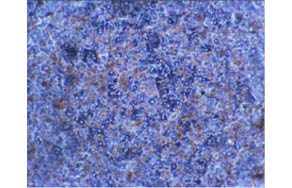 Oral drugs typically require effective half lives in the region of 10 – 20 h for once or twice daily dosing. For candidate drugs with low distribution volumes it’s necessary to define intrinsic clearance (CLint) values of 0.1 – 1µL/min/million human hepatocytes (Grime et al., 2013). Svanberg & co-workers wanted to compare in vitro systems that potentially can provide a solution to the problem of robustly defining low CLint values in human hepatocytes. Recently the HepatoPac™ Platform and a novel relay suspension method (Di et al., 2012) have shown promising results producing reliable low CLint values. XenoTech have made a well characterised platable pool of cryopreserved human hepatocytes (5 donors) commercially available (CryostaX+), which makes plated hepatocyte methods attractive to evaluate. Also of interest is the HepaRG® human hepatoma cell line, since it offers stable expression of drug metabolising enzymes (DMEs) (Kanebratt et al., 2008, Aninat et al., 2006).
Oral drugs typically require effective half lives in the region of 10 – 20 h for once or twice daily dosing. For candidate drugs with low distribution volumes it’s necessary to define intrinsic clearance (CLint) values of 0.1 – 1µL/min/million human hepatocytes (Grime et al., 2013). Svanberg & co-workers wanted to compare in vitro systems that potentially can provide a solution to the problem of robustly defining low CLint values in human hepatocytes. Recently the HepatoPac™ Platform and a novel relay suspension method (Di et al., 2012) have shown promising results producing reliable low CLint values. XenoTech have made a well characterised platable pool of cryopreserved human hepatocytes (5 donors) commercially available (CryostaX+), which makes plated hepatocyte methods attractive to evaluate. Also of interest is the HepaRG® human hepatoma cell line, since it offers stable expression of drug metabolising enzymes (DMEs) (Kanebratt et al., 2008, Aninat et al., 2006).
The authors evaluate all four methods but this poster focuses on HepaRG & plated primary hepatocytes, since data from Hepatopac and Relay at present are inconclusive.
“Determination of Low Intrinsic Clearance Values using Primary Human Hepatocytes and the HepaRG® Cell Line – A Comparison of Methods”
Svanberg, et al – AstraZeneca R&D
Contact jean-francois.tetu @ tebu-bio.com to get your own copy of this poster.



